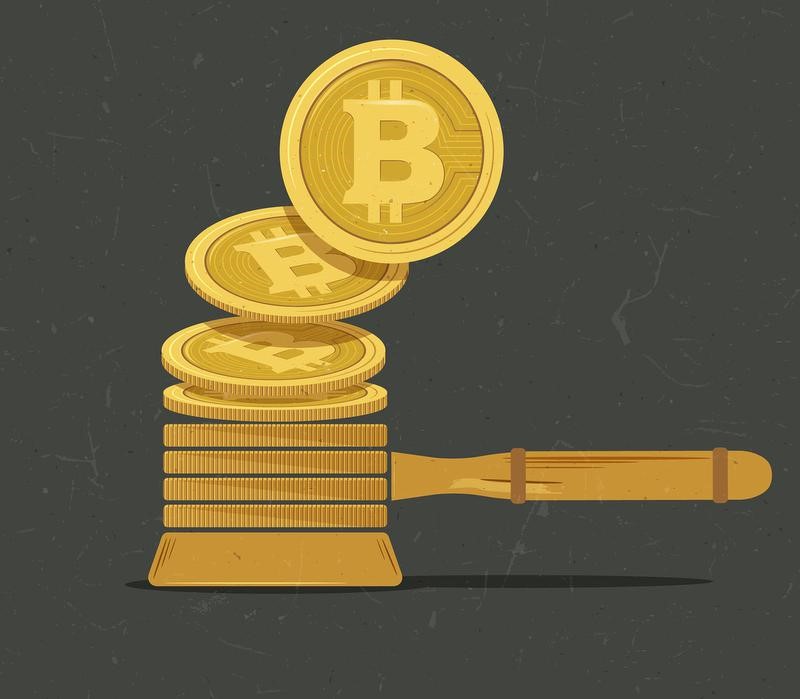Description

Disclaimer: Copyright infringement not intended.
Context
- The European Parliament has approved the world’s first set of comprehensive rules to bring largely unregulated cryptocurrency markets under the ambit of regulation by government authorities.
- The regulation, called the Markets in Crypto Assets (MiCA), will come into force after formal approval by member states.
What is the need to regulate?
- It not only harmonises the crypto industry but also gives the EU a competitive edge in its growth compared to the U.S. or the U.K. which lack regulatory clarity.
- 2022 saw some of the biggest failures and wipeouts in the crypto industry involving bankruptcies and fraud scandals, be it the collapse of the crypto exchange FTX and its spat with Binance or the failure of Terra LUNA cryptocurrency and its associated stablecoin.
- The liquidity shortage caused by these shocks led other crypto lending platforms to halt customer transfers and withdrawals before filing for bankruptcy.

What all the legislation will cover?
Apply to:
- It will apply to ‘cryptoassets’.
- It will apply not only to traditional cryptocurrencies like Bitcoin and Ethereum but also to newer ones like stablecoins.
|
CRYPTO ASSSETS
They are defined in the text as “a digital representation of a value or a right that uses cryptography for security and is in the form of a coin or a token or any other digital medium which may be transferred and stored electronically, using distributed ledger technology or similar technology”.
|
Will not apply to:
- It will not regulate digital assets that would qualify as transferable securities and function like shares or their equivalent and other crypto assets that already qualify as financial instruments under existing regulation.
- It will exclude nonfungible tokens (NFTs).
- MiCA will also not regulate central bank digital currencies issued by the European Central Bank and digital assets issued by national central banks of EU member countries.
Features of the new rules:
- MiCA will impose compliance on the issuers of cryptoassets, who are defined as the “legal person who offers to the public any type of cryptoassets”.
- It will apply to cryptoasset service providers (CASPs) providing one or more of these services —
- the operation of a trading platform like CoinBase,
- custody and administration of crypto-assets on behalf of third parties (customers),
- the exchange of crypto-assets for funds/other crypto-assets,
- the execution of orders for crypto-assets,
- the placing of crypto-assets,
- providing transfer services for crypto -assets to third parties,
- providing advice on cryptoassets and
- crypto-portfolio management.
- The regulation prescribes different sets of requirements for CASPs depending on the type of cryptoassets.
- The base regime will require every CASP to get incorporated as a legal entity in the EU.
- They can get authorised in any one member country and will be allowed to conduct their services across the 27 countries.
- They will then be supervised by regulators like the European Banking Authority and the European Securities and Markets Authority, who will ensure that the companies have the required risk management and corporate governance practices in place.
- Besides authorisation, service providers of stablecoins also have to furnish key information in the form of a white paper.
Crypto regulation in India
- India is yet to have a comprehensive regulatory framework for cryptoassets.
- Indian government has taken certain steps to bring cryptocurrencies under the ambit of specific authorities and taxation.
- In the Union Budget for 2022, the Finance Ministry said that cryptocurrency trading in India has seen a “phenomenal increase” and imposed a 30% tax on income from the “transfer of any virtual digital asset.”
- In March this year, the government placed all transactions involving virtual digital assets under the purview of the Prevention of Money Laundering Act (PMLA).
|
PRACTICE QUESTION
Q) The recent failures and wipeouts in the crypto industry call out for a strong and comprehensive framework to regulate crypto assets. Discuss in the context of India. (150 words)
|

https://epaper.thehindu.com/ccidist-ws/th/th_delhi/issues/33647/OPS/G3VB58MHP.1.png?cropFromPage=true















